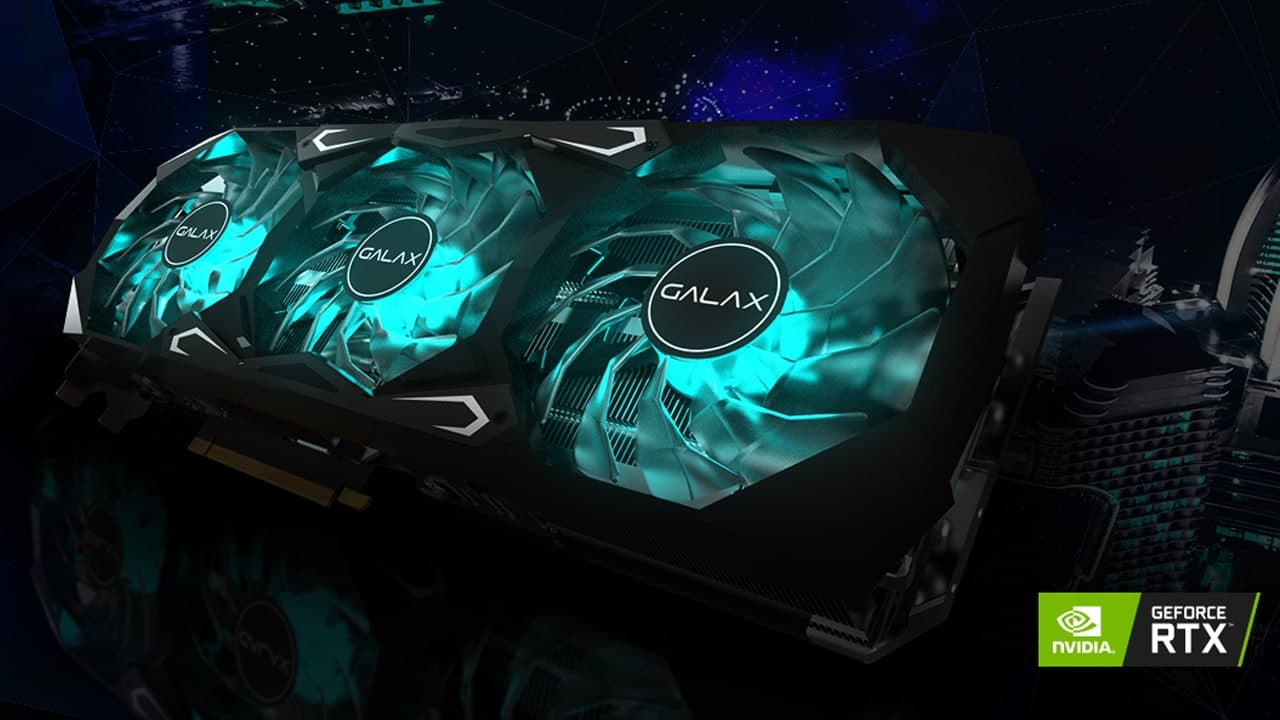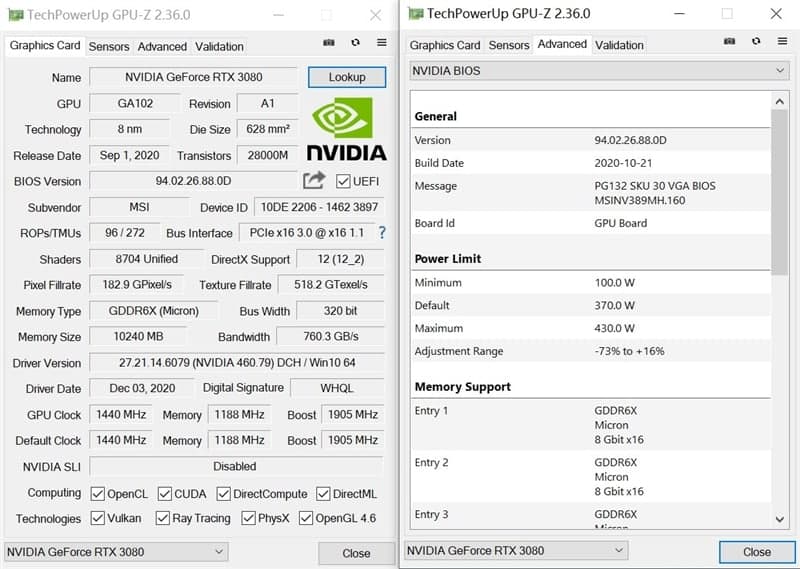Before the launch of the RTX 30 series graphics cards, the Magic Dragon series has always been positioned as the flagship in the MSI graphics card product line. However, with the arrival of the new generation of Ampere graphics cards, MSI is slightly conservative in the Magic Dragon stockpiles, so there is A brand-new SUPRIM (Super Dragon), which is currently the top graphics card that MSI is fully committed to building.
Since it is positioned as a flagship graphics card, MSI RTX 3080 Super Dragon is not stingy in stacking materials. Three 8Pin power ports can provide 525W of power consumption, and the default TDP of the GPU itself is 370W, which is 50W higher than the public version of 320W.
In addition, if players want to overclock, they can directly increase the power consumption limit of the GPU to 430W, which means that the performance release of the MSI RTX 3080 Super Dragon will not be constrained by power consumption.

Readers who have seen the PCB board of the RTX 3080 GAMING X Magic Dragon should know that this graphics card has up to 16-phase power supply, but it leaves 4 empty solder positions, which was originally reserved for the Magic Dragon RTX 3090.
Now, MSI RTX 3080 Super Dragon directly supplements the circuit on the empty welding position, making the power supply circuit scale up to 20 phases, and each phase is equipped with a 50A NCP302150 MOSFET, and the power supply can theoretically exceed 1000W.
When designing the MSI RTX 3080 Super Dragon, MSI put a lot of effort into heat dissipation, designed a very complicated heat dissipation system, and obtained a utility model patent certificate, which we will introduce in detail later.

From the screenshot of GPU-Z, we can see that the Boost frequency of MSI RTX 3080 Super Dragon has reached a terrifying 1905MHz, which is 195MHz higher than the public version’s 1710MHz. TDP has also increased from the public version’s 320W to 370W, and there is room for 60W. Allow overclockers to play by themselves.
MSI RTX 3080 Super Dragon has 2 BIOS, which can be switched by the switch on the back. The performance of the two BIOS is the same, but there will be some differences in the fan speed. In silent mode, the fan speed is lower and it is difficult to feel the noise, but the temperature will be slightly higher; in game mode, you can burn the 370W GPU The temperature is suppressed at around 67 degrees.
(Via)






